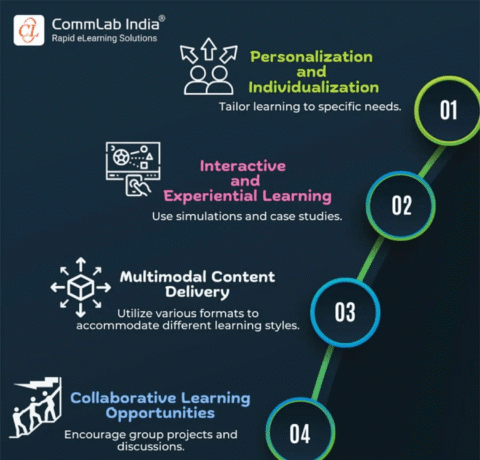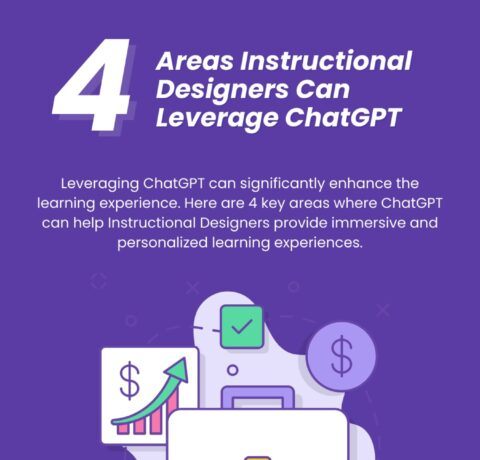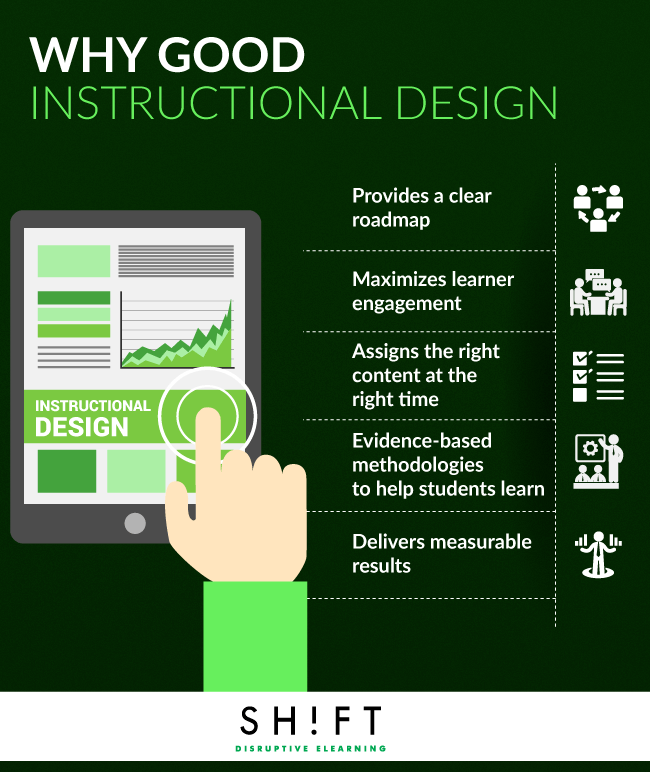Why Good Instructional Design Infographic
Instructional design is the way that we organize eLearning. It's the way we take a block of content and refine it into a learning project with value, strategy, goals, and measurable outcomes. The Why Good Instructional Design Infographic presents very practical points to help your company understand the 'why' of good instructional design and give it the respect it deserves.
1. Good Instructional Design helps you and your learners to understand your business
When an instructional designer works with a company, they collaborate with the Subject Matter Experts (SME) and analyze the material. A good Instructional Designer puts everyone on the same page.
2. Good Instructional Design maximizes learner engagement
A good Instructional Designer takes the time to understand their audience. Good Instructional Designers have the know-how and skills to create and organize activities that are relevant, appealing, and give the course credibility. Good Instructional Designers also understand how the memory works, how the brain learns and create their courses accordingly.
3. Instructional Designers know how to select and prioritize
An Instructional Designer can pick out the relevance of materials in a way that only a trained specialist can. They get to decide which content is must-know (critical to achieving the learning outcomes), should-know (important background information that you can give away as handouts), and could-know (nice-to-know information that you may even omit from the course) information. This way, they can present the right information at the right time to the right learners and empower students to decide what and where they want to learn.
4. Training is a science, not an art
Instructional Designers don't just bring practical development skills to the table; they also have access to a wealth of theoretical knowledge and models. This informs the program, based on evidence of what method of delivery is most effective. Doing things the right way leads to better learning outcomes.
5. Instructional Designers don't just get results; they measure them too
Good learning objectives have to be measurable and performance-based, and they have to demonstrate a real improvement. Instructional Design encompasses some different methods to analyze exactly what learners have gained from an eLearning program.
Without talented instructional design, an eLearning project might not fail, but it won't meet it's potential. Hopefully, you can use this information to turn your company into ID black belts, and start using eLearning that changes your organization and makes you and your colleagues happier, more productive, and highly skilled individuals.
View also:







You can adjust your cookie preferences here.